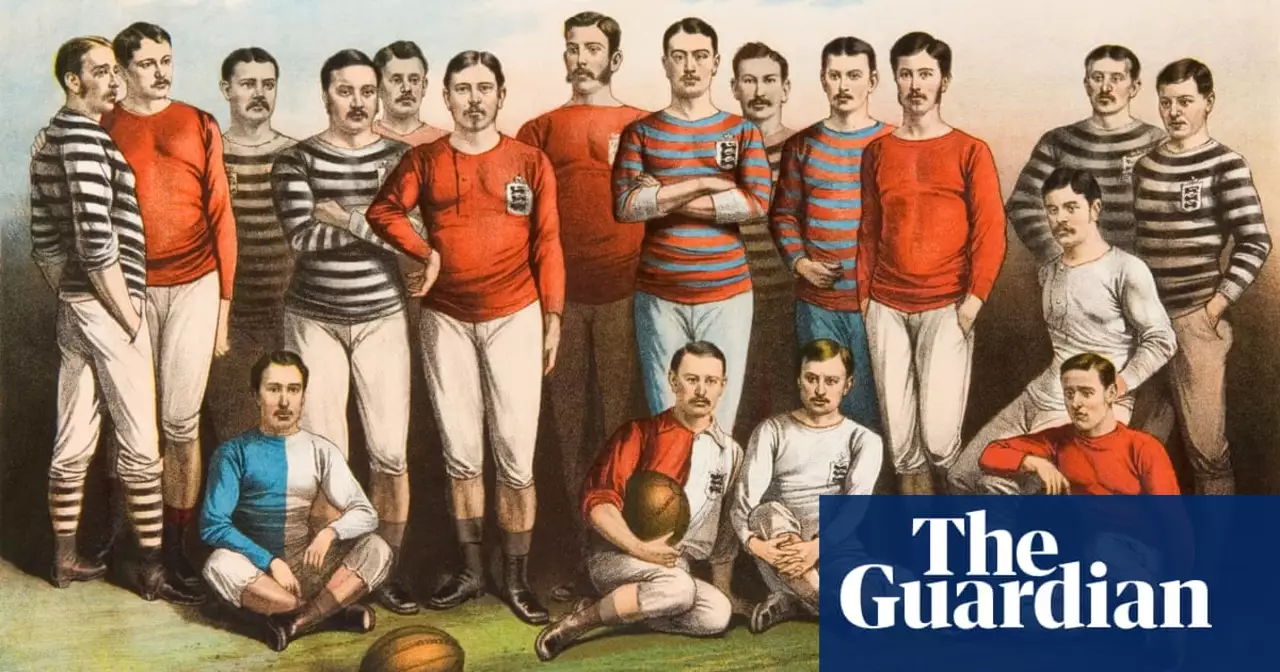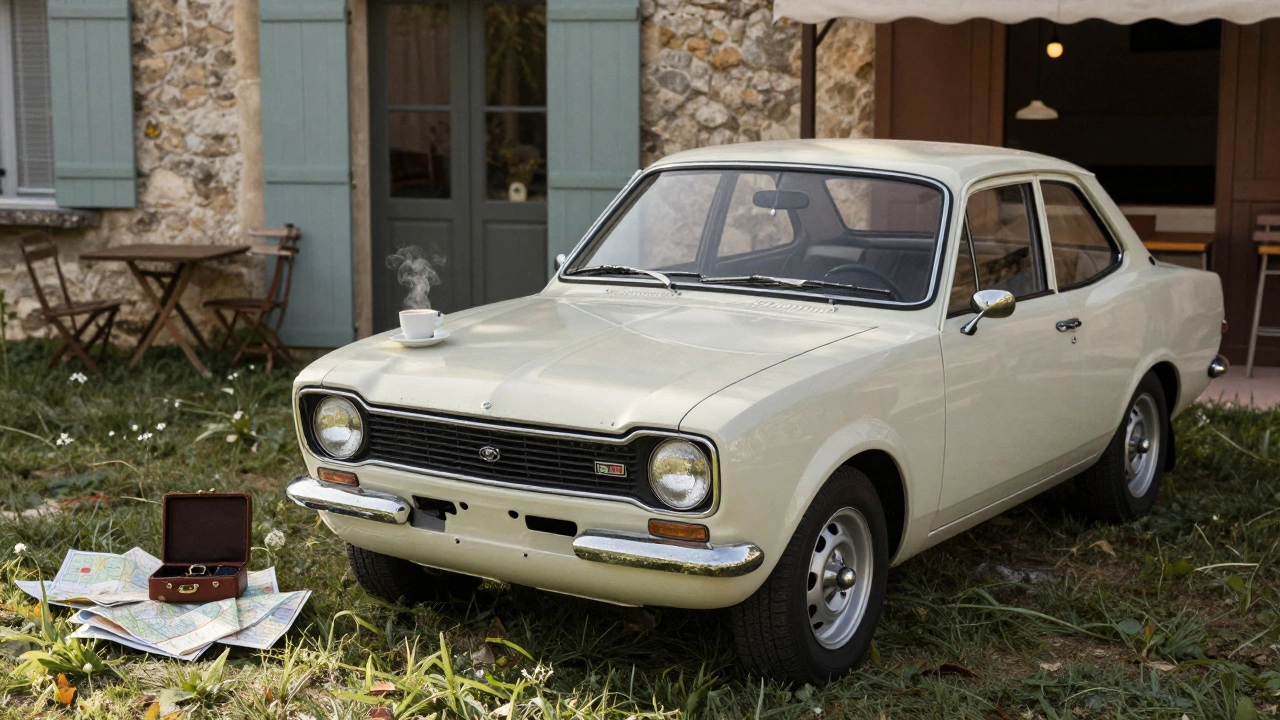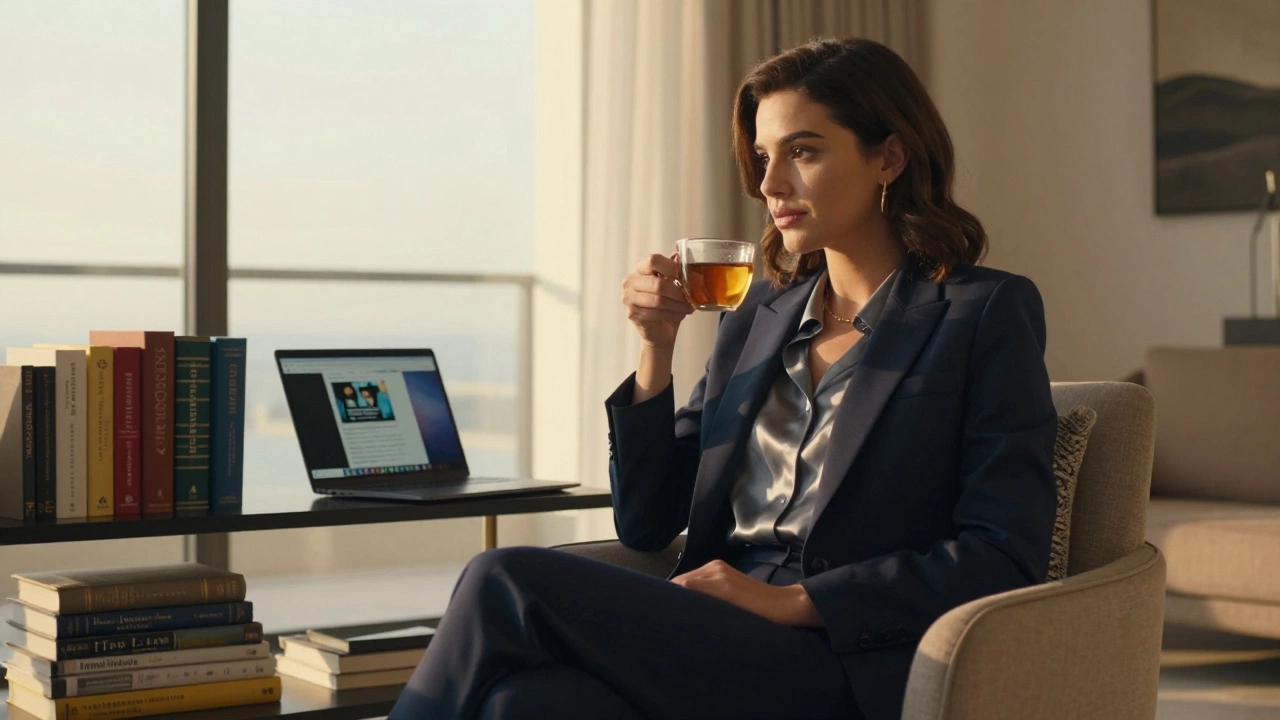Ancient Games: From Antiquity to Modern Play
When exploring Ancient Games, competitive activities from ancient societies that blended sport, ritual, and spectacle. Also known as historical sports, they shaped politics, religion, and community life across continents. ancient games weren’t just pastime; they were tools for diplomacy, training for war, and a way to honor the gods. They also set the foundation for today’s global contests, letting us trace a line from marble stadia to modern arenas.
The most famous example is the Olympic Games, a pan‑Greek festival held every four years in Olympia starting around 776 BC. The Olympics required athletes to master sprinting, wrestling, and chariot racing, showing that ancient games demand both physical prowess and strategic thinking. Meanwhile, Gladiatorial combat, blood‑sport spectacles in Roman arenas where trained fighters battled for glory and public favor illustrates how competition could also serve political propaganda and social control. Across the Atlantic, the Mesoamerican ballgame, a ritual sport played by the Maya and Aztecs using a heavy rubber ball and stone hoops linked cosmology with physical skill, believing each match could affect the fate of the world. These three pillars—Olympic Games, Gladiatorial combat, Mesoamerican ballgame—show that ancient games encompass cultural rituals, require disciplined training, and influence later sport formats.
Why Ancient Games Matter Today
Understanding ancient games gives us a lens on how societies built identity, settled disputes, and celebrated achievement. The Greek Olympics introduced the concept of fair play and standardized rules, ideas that echo in the modern Olympic charter. Roman gladiators inspired today’s combat sports, from boxing to mixed‑martial arts, demonstrating that spectators still crave high‑stakes drama. The Mesoamerican ballgame’s emphasis on teamwork, ball control, and ritual scoring informs contemporary games like soccer and basketball, reminding us that the love of a ball transcends time. Modern revivals—historical reenactments, university clubs, and museum‑based simulations—show that people still crave the thrill of ancient competition. By studying the equipment (stone disks, wooden swords, leather sandals), training methods (paeans, drills, endurance runs), and social context (sacred festivals, political spectacles), we can craft richer experiences for today’s fans and athletes. Readers will find in the collection below a mix of match reports, cultural analyses, and practical guides that tie past to present. Whether you’re curious about how the original marathon shaped today’s road races, or you want to see how ancient scoring systems compare with modern stats, the posts here unpack the legacy of ancient games and how they continue to inspire new generations of sport lovers.
Were there any organized team sports prior to the 19th century?
As a blogger, I was curious to know if there were any organized team sports prior to the 19th century. After some research, I discovered that there indeed were! Examples include ancient Greek sports like chariot racing and the Olympic Games, as well as traditional Chinese sports like cuju, an early form of soccer. In Europe, medieval games like hurling and mob football were played, and even Native American communities enjoyed team sports such as lacrosse. It's fascinating to learn that organized team sports have been around for centuries, bringing people together and fostering a spirit of friendly competition.



